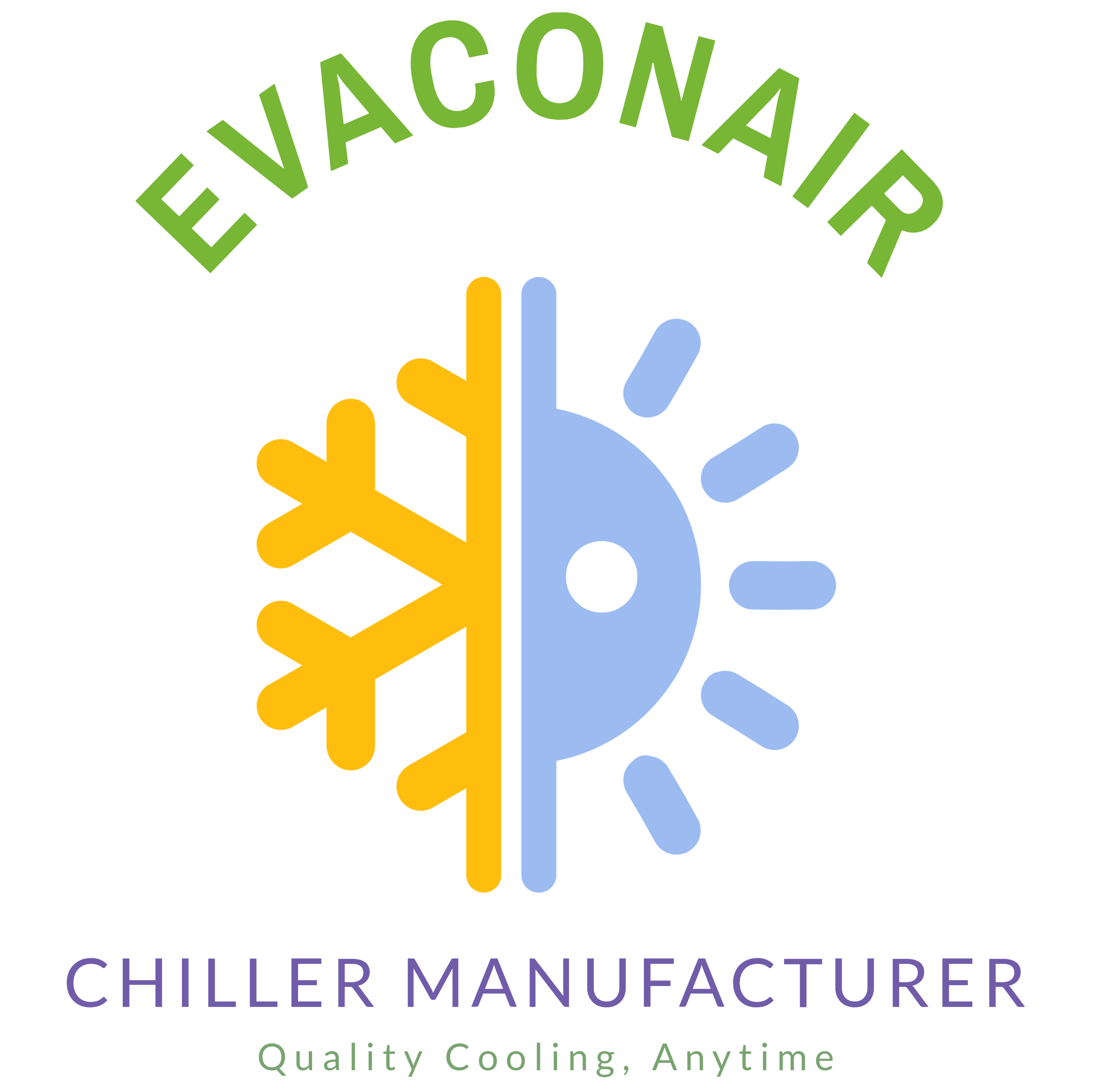Blog
What are the different types of auxiliary units?
Different Types of Auxiliary Units
Auxiliary units are critical components that support the main machinery or systems in various industrial and commercial applications. They enhance efficiency, ensure smooth operation, and often play a crucial role in the overall performance of the primary systems. Here are some key types of auxiliary units:
1. Drying Units
Drying units are designed to remove moisture from materials, which is essential for ensuring the quality and performance of the final products. Examples include:
- Hot Air Dryers: These units are used to dry plastic materials effectively, preventing moisture-related defects in the final product.
2. Loading Systems
Loading systems facilitate the automated handling and transfer of materials. They reduce manual effort and increase efficiency. Notable types include:
- Vacuum Hopper Loaders: These systems automate the loading of materials into processing machines, streamlining operations.
3. Mixing and Blending Equipment
Mixing and blending equipment ensures that materials are mixed thoroughly and consistently. Key equipment in this category includes:
- Gravimetric Blenders: These provide precise blending based on weight measurements, ensuring uniformity in the final mix.
- Vertical Batch Colour Mixers: Used for mixing colored materials, these mixers are essential for achieving desired color consistency in products.
4. Cooling Systems
Cooling systems manage temperatures to ensure optimal performance and prevent overheating. Examples are:
- Water Cooled Screw Chillers: These chillers efficiently cool equipment and processes.
- Mold Temperature Controllers: Maintain precise temperatures for molds to ensure consistent quality during plastic molding.
5. Size Reduction Equipment
Size reduction equipment helps in cutting down materials to manageable sizes for further processing. Examples include:
- Flake Cutters: These devices are used to cut plastic into smaller flakes, making them easier to handle and process.
6. Environmental Control Devices
Environmental control devices are used to regulate conditions like humidity and temperature within industrial settings. This helps in maintaining product quality and operational efficiency. Examples include:
- Dehumidifiers: Control humidity levels to prevent issues such as mold and ensure consistent quality in production.
7. Dosing Systems
Dosing systems are used for accurate measurement and delivery of materials. They ensure consistency in the production process. Examples include:
- Volumetric Feeders: Provide precise dosing of materials, essential for maintaining the quality and consistency of the final product.
For more detailed information about these auxiliary units, please visit our products page.
